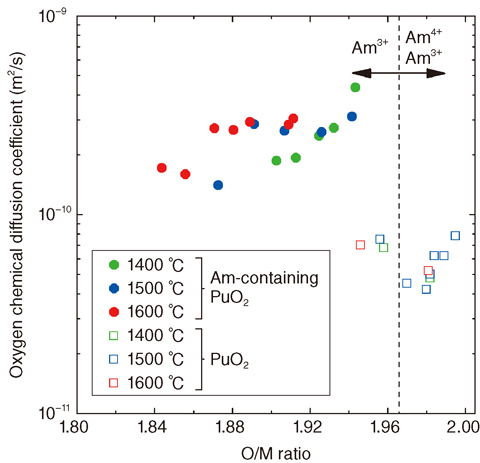
Fig.7-16 Measurement data and fitting results

Fig.7-17 Relation between the oxygen chemical diffusion coefficient and the O/M ratio
We have performed R&D on oxide fuel containing large amounts of minor actinides (MAs) including Neptunium (Np) and Americium (Am) as a step toward volume reduction and mitigation of the degree of harmfulness of radioactive waste. MAs have a significant effect on the physical and chemical properties of oxide fuel. The Am influences the stability of fission products as well as the fuel behavior, such as fuel-clad chemical interaction (FCCI), during irradiation processes, because it increases the oxygen potential of the fuel. To understand the physical and chemical properties of Am-containing oxide fuel in more detail, it is necessary to precisely measure the oxygen chemical diffusion coefficient, which is an important property in fuel fabrication and evaluation of irradiation behavior.
In this study, we obtained the oxygen chemical diffusion coefficients of the Am-containing PuO2 using the latest technology. The specimen’s weight changed due to oxygen-release into the atmosphere through its surface in the reduction atmosphere. This weight-change was analyzed using a nonlinear curve-fitting method to obtain the oxygen chemical diffusion coefficient (Fig.7-16).
Fig.7-17 shows the oxygen to metal (Pu, Am) ratio (O/M ratio)-dependence of the obtained oxygen chemical diffusion coefficients in the temperature range from 1400 ℃ to 1600 ℃. The oxygen chemical diffusion coefficients of Am-containing PuO2 were greater than those of PuO2 and did not have a clear temperature dependence.
Although the oxygen chemical diffusion coefficients of PuO2 depended on the O/M ratio, those of Am-containing PuO2 did not have the same trend as PuO2. From the results of Fig.7-17, it was found that the oxygen chemical diffusion coefficients of Am-containing PuO2 were plotted in the region where all Am ions were present in the trivalent state. In addition, those of Am-containing PuO2 were greater than those of PuO2. Therefore, it seems that the increase of the oxygen chemical diffusion coefficient was caused by the presence of the trivalent Am ion.
We are going to conduct this test under a wide range of temperatures and O/M ratios to clarify the mechanism by which Am affects the oxygen chemical diffusion coefficient.